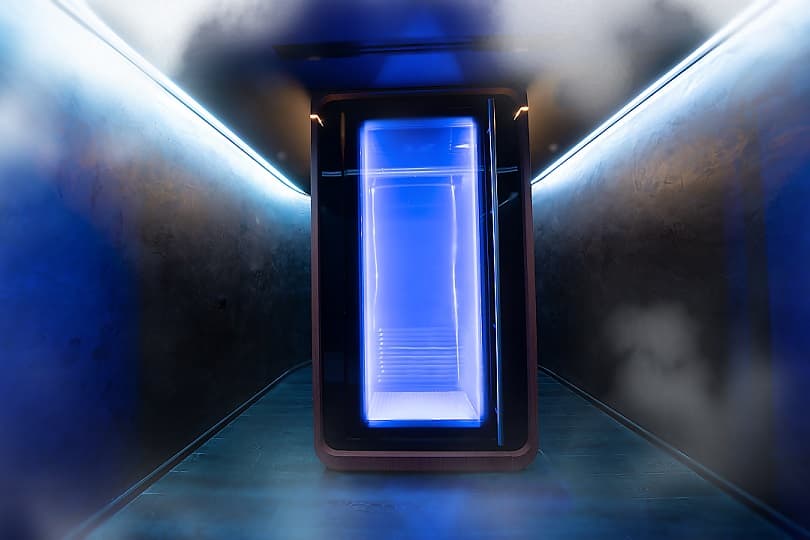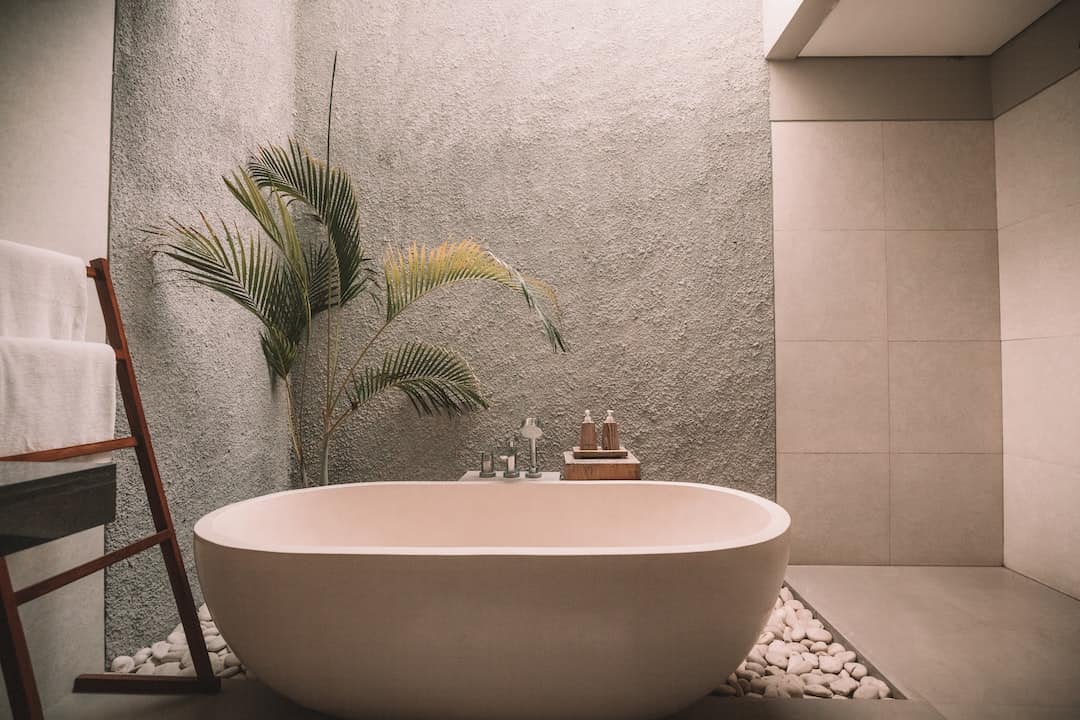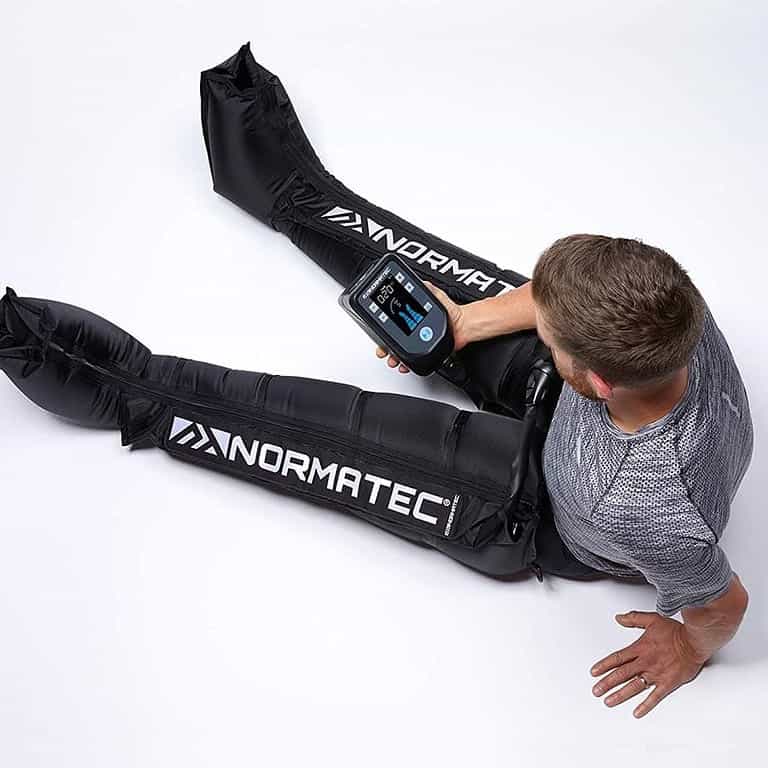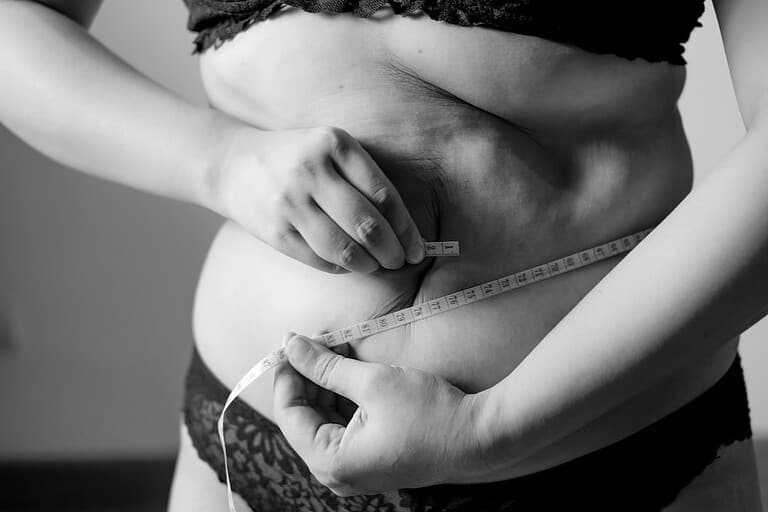Cold Therapy DIY: Can Cryotherapy Be Done at Home?
Can cryotherapy be done at home? More and more people are becoming curious if they can do cold therapy without the need to leave their own homes.
Cryotherapy is typically practiced in a professional setting like cryo spas and cryo saunas, but can it also be safely done at home?
In this article, we’ll explore how can cryotherapy be done at home and share some alternatives that may provide similar benefits if you cannot successfully set up your own DIY cryo chamber.
Table of Contents
What is Cryotherapy?
Applying extremely cold temperatures to treat a variety of ailments, cryotherapy is an ancient technique that has seen a resurgence in recent times due to its numerous positive impacts.
How Cryotherapy Works
Cryotherapy is defined as the application of cold temperatures to body tissues for therapeutic purposes. Whole-body cryotherapy immerses your body in super cold air while local cryotherapy involves soaking in ice baths, applying ice packs, and other forms of direct skin contact with a freezing agent.
Benefits of Whole-Body Cryotherapy
- Reduced pain and inflammation.
- Intense energy levels.
- Better sleep.
- Increased blood circulation.
- Lower stress levels.
- Faster recovery times after workouts or injuries.
- Glowing skin tone and texture through exfoliation.
- Weight loss from increased metabolism.
Types of Cryotherapy
There are several different types of cryotherapies available today, each offering its own unique set of benefits. These include whole-body cryotherapy (WBC), localized spot treatments (LST), facial treatments (FT), and infrared saunas (IRS).
WBC involves exposing your entire body to extremely low temperatures for short periods at a time in order to stimulate healing.
LSTs focus on specific areas where you may have pain or discomfort that need attention like the knees and lower back.
FTs apply cold air specifically designed for facial rejuvenation.
IRS employs infrared light technology to reduce inflammation deep within tissue layers.
Can Cryotherapy Be Done at Home?
Professional cryotherapists have extensive training and are able to monitor their clients during treatments. Cryo spas and clinics are also equipped with state-of-the-art cryotherapy machines that pass the strictest industry standards. These can be difficult to replicate at home.
Before trying at-home cryotherapy, you must first consider the potential risks and side effects associated with this treatment. While rare, there are some reported cases of frostbite due to improper use of cold therapy equipment.
It’s also possible for users to experience discomfort from extreme temperatures when using devices such as ice packs and cold water immersion tanks. Some reported side effects include shivering, numbness, headaches, and dizziness. Trained cryo techs pay attention to these symptoms — which you might ignore if you are doing at-home cryotherapy.
To minimize these risks when doing at-home cryotherapy, consult with your doctor before starting any type of cold therapy regimen especially if you suffer from any chronic health conditions like diabetes or heart disease.
Always follow the manufacturer’s instructions when using any kind of cooling device at home. Never exceed recommended time limits and temperatures.
Make sure that you take regular breaks throughout the session so your body has enough time to recover from the extreme cold.
When done right, at-home cryotherapy can offer the same advantages as professional treatment but in a comfortable setting.
Now let’s start setting up that DIY cryotherapy regimen for your home.

(Source)
How to Do Local Cryotherapy at Home
To do home cryotherapy, you’ll need a few items.
First, you’ll need an ice pack or cold compress. You can purchase these at most drug stores or online. If you don’t have access to one of these, simply fill a plastic bag with crushed ice and wrap it in a towel before using it on the affected area.
For added protection, have some towels close by for cushioning the ice pack and soaking up any condensation that may form on its exterior.
Now that you’ve got your supplies ready, let’s get started.
Apply the cold compress directly to your skin over the affected area, no more than 15 minutes at a time. It is important not to leave it on longer than this because prolonged exposure could cause tissue damage.
During this time, take deep breaths and focus on relaxing your body so that your muscles can benefit from increased circulation due to vasoconstriction caused by the cold temperature.
After each session, dry off any moisture left behind from condensation before putting away your ice packs.
The key here is consistency. Try setting aside 10-15 minutes every day (or multiple times per day if needed) dedicated solely towards doing home cryotherapy sessions so that they become part of your daily routine.
Try incorporating other activities such as stretching or yoga into these sessions in order to maximize benefits.
Finally, remember that everyone responds differently when exposed to cold temperatures so start slow and work your way up gradually as you increase your tolerance levels.
Cryotherapy at home can be a safe and convenient way to reduce swelling, relieve aches and pains, and loosen muscle stiffness. But if home cryotherapy does not suit your needs, there are many other options that can provide the same benefits as cryotherapy machines.
Alternatives to Home Cryotherapy
For those who are not willing to try home cryotherapy, alternative treatments such as massage therapy and hot/cold compresses may offer similar relief from pain and inflammation.
Professional treatments like acupuncture or chiropractic care may also provide long-term benefits with fewer risks than cryotherapy. Acupuncture involves the insertion of needles into certain points along energy pathways in order to stimulate healing within the body, while a chiropractor manipulates joints to realign them correctly.
Lastly, natural remedies like herbs, essential oils, and stretching exercises can help manage chronic pain without exposing your body to extreme temperatures. Herbal supplements such as turmeric have anti-inflammatory properties which make them useful for managing chronic conditions, while certain essential oils contain analgesic compounds that help alleviate discomfort when applied topically. Meanwhile, stretching exercises can improve flexibility while reducing stiffness so you’re able to move freely without feeling any discomfort.
Conclusion
How can cryotherapy be done at home? You may not be able to build your own DIY cryotherapy chamber but you can still do cold therapy at home by applying ice packs and cold compresses to the ailing parts of your body.
If experimenting with home cryotherapy is not for you, there are other ways to relieve pain and improve your overall health.
Discover how to make smart living now a reality with our comprehensive resources on cryotherapy and other self-care methods that can be done at home. Get the knowledge you need today for healthier, more independent lives!







